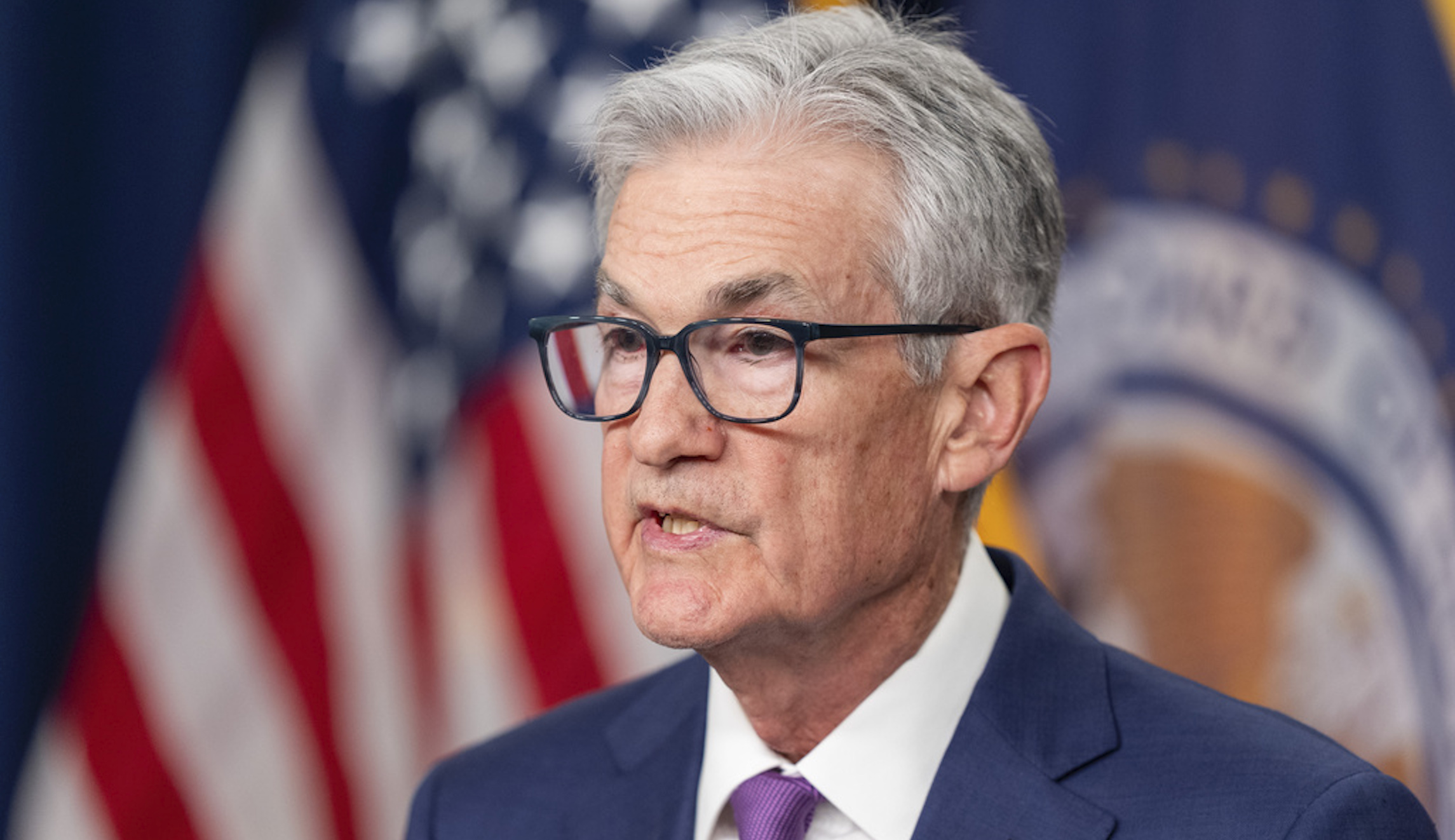

The Federal Reserve’s definition of its inflation target suggests it should aim to drive the inflation rate below 2% for the next several years.
Central bank officials, though, have avoided entertaining any such possibility. Given the disconnect, experts suggest, the Fed should clarify its target to forestall any confusion by explaining it won’t aim for very low inflation in the years to come.
The problem is that the Federal Open Market Committee, the body that sets monetary policy, says in its statement of longer-run goals that it “seeks to achieve inflation that averages 2 percent over time.” The committee last updated and affirmed the statement in January.
Inflation has been, and is still, running well above 2%. It has averaged about 3.5% over the past year and was only slightly less than that over the past five years, according to the personal consumption expenditures price index, which is the gauge favored by the Fed.
It would take three to four years of inflation at 1% to bring the five-year average to 2%, calculated Ed Dolan, an economist and senior fellow at the Niskanen Center, a libertarian Washington research organization.
But Fed Chairman Jerome Powell hasn’t indicated any plans to aim for inflation lower than 2%. All of the central bank’s recent communications have been about returning inflation to 2% — not going below it.
Nor do markets expect the Fed to try to push inflation below 2%. In that sense, there is not technically a problem with the Fed’s communications, given they are generally meant to shape investor expectations.
But the fact that the Fed’s strategy could be read to suggest that the economy is due for several years of low inflation is a point of ambiguity that should be addressed, economists said.
“I think it’s a public service to have some folks raise the question and at least prompt a response, hopefully, from the Fed” to clarify how much the framework applies to the current situation, said Joseph Tracy, an economist at the right-of-center American Enterprise Institute who previously worked in the Fed system.
The Fed’s Board of Governors did not respond to a request for comment. Powell is set to testify Wednesday and Thursday before Congress, where he is expected to field dozens of questions on his plans for inflation.
The Fed first implemented the average inflation target in 2020 in response to problems that were generally the opposite of today’s. The country had gone through an extended period of below-target inflation despite the Fed undertaking unprecedented measures to stimulate spending, including years of setting the interest rate target to zero and several rounds of massive bond purchases, now known as quantitative easing.
Of particular concern, Tracy said, were signs that inflation expectations were drifting down regardless of those efforts. Keeping inflation expectations stable is a priority for the modern Fed. Accordingly, officials adopted an average inflation target as a sort of promise to investors that inflation would not be low permanently and that low inflation would be offset by higher inflation later.
What Powell and company weren’t expecting was the massive surge of inflation that began in 2021 as huge supply chain disruptions and massive pandemic relief spending combined to put enormous upward pressure on prices.
“I don’t think they designed it with this sort of episode in mind,” Tracy said of the average inflation target.
Now, though, the framework for the longer-run goals for monetary policy looks ill-suited for the times. It does not address what the Fed should do following a giant burst of inflation, as seen in the past few years.
It’s not a pressing problem. Inflation expectations are well anchored, the Fed said in its monetary policy report released Friday.
CLICK HERE TO READ MORE FROM THE WASHINGTON EXAMINER
But it is the kind of communication confusion that the central bank could aim to clear up as it moves to adjust its policies in light of inflation trending down. Powell indicated at the January monetary policy meeting that the central bank will review its statement on longer-run goals starting later this year.
“My personal opinion is that Powell and other Fed officials should be more open about the meaning of average inflation targeting, explicitly disavowing any intention to keep inflation below 2 percent for any prolonged period,” Dolan wrote in an email to the Washington Examiner.







